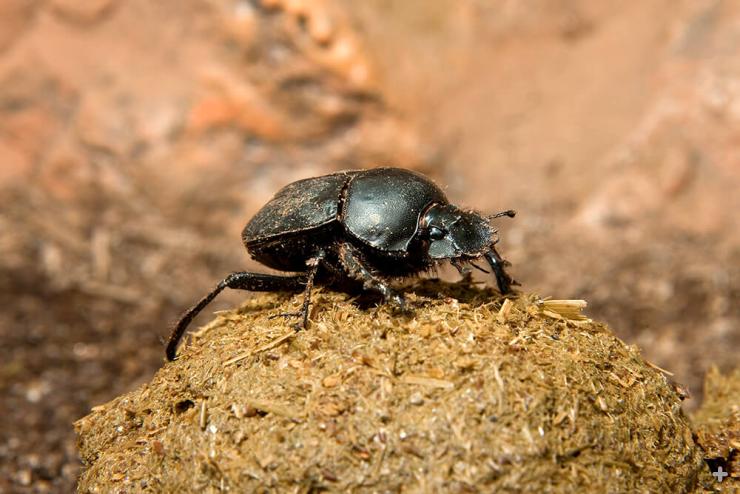export fruit iran buy fruit company
company fruit exporter from iran - import fruit all countryexport fruit iran buy fruit company
company fruit exporter from iran - import fruit all countryDung Beetle
Dung beetles do just what their name suggests: they use the manure, or dung, of other animals in some unique ways! These interesting insects fly around in search of manure deposits, or pats, from herbivores like cows and elephants. Dung beetles come in a variety of colors, from dull and glossy black to metallic green and red. Ancient Egyptians thought very highly of the dung beetle, also known as the scarab (from their taxonomic family name, Scarabaeidae). They believed the dung beetle kept the Earth revolving like a giant ball of dung, linking the insect to Khepri, the Egyptian god of the rising sun.
Dung beetles have impressive “weapons,” some with a large, hornlike structure on the head or thorax that males use for fighting. They have spurs on their back legs that help them roll the dung balls, and their strong front legs are good for fighting as well as digging. Most dung beetles are strong fliers, with long flight wings folded under hardened outer wings (elytra), and can travel several miles in search of the perfect dung pat. With specialized antennae, they can catch a whiff of dung from the air.
HABITAT AND DIET
Dung beetles are found on all continents except Antarctica and live in farmland, forest, grassland, prairie, and desert habitats.
Most dung beetles use the manure of herbivores, which do not digest their food very well. Their dung contains half-digested grass and a smelly liquid. It is this liquid that the adult beetles feed on. Some of them have specialized mouthparts designed to suck out this nutritious soup, which is full of microorganisms that the beetles can digest. A few species feast on the dung of carnivores, while others skip the doo-doo and instead eat mushrooms, carrion, and decaying leaves and fruits.
Timing is everything for dung beetles. If the dung has been sitting long enough to dry out, the beetles can’t suck out the nutrition they need. One study in South Africa found that dung beetles laid more eggs during the rainy season when dung pats contain more moisture.
